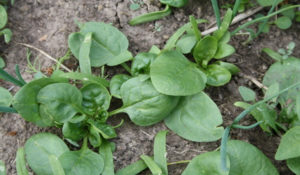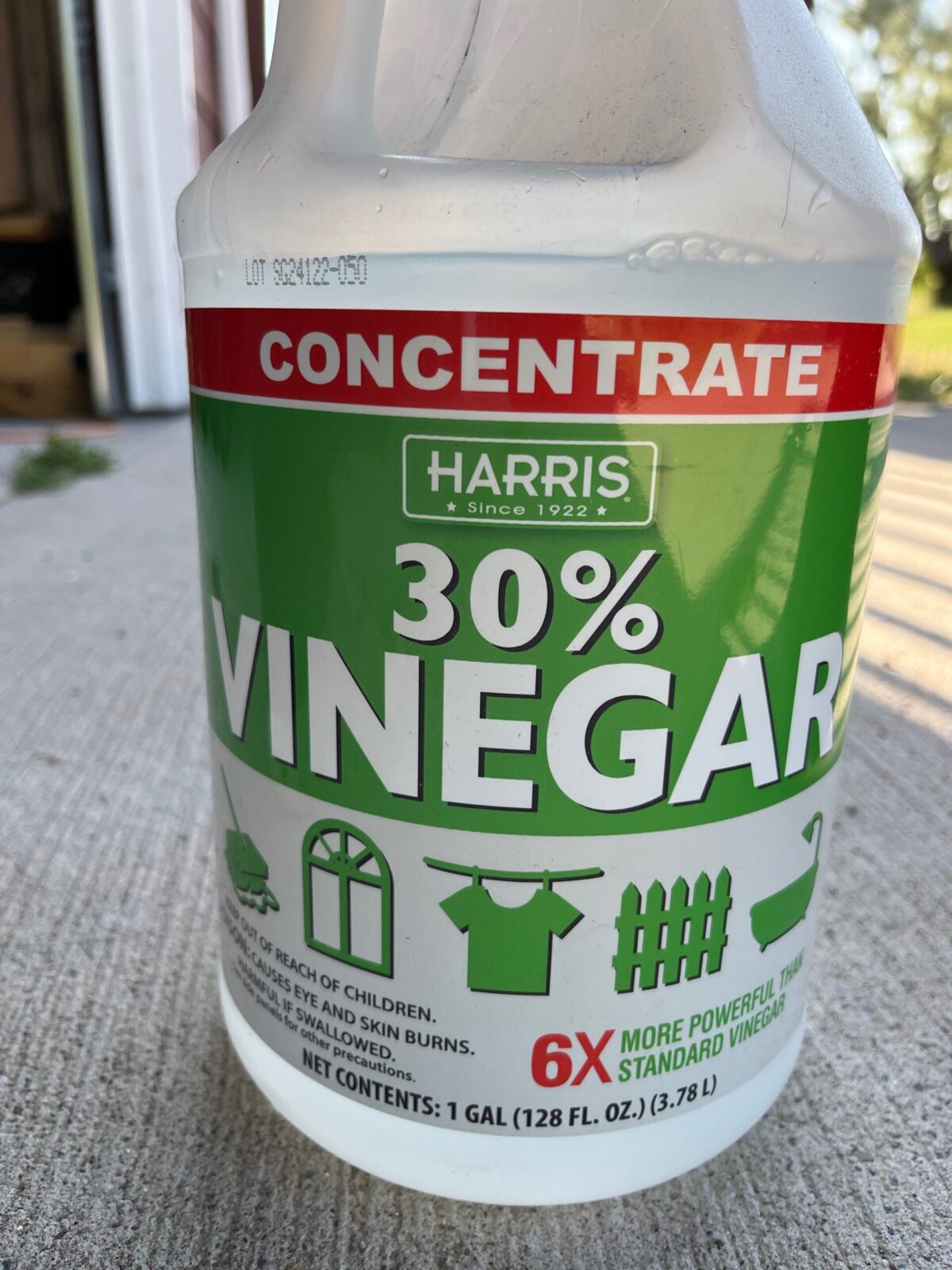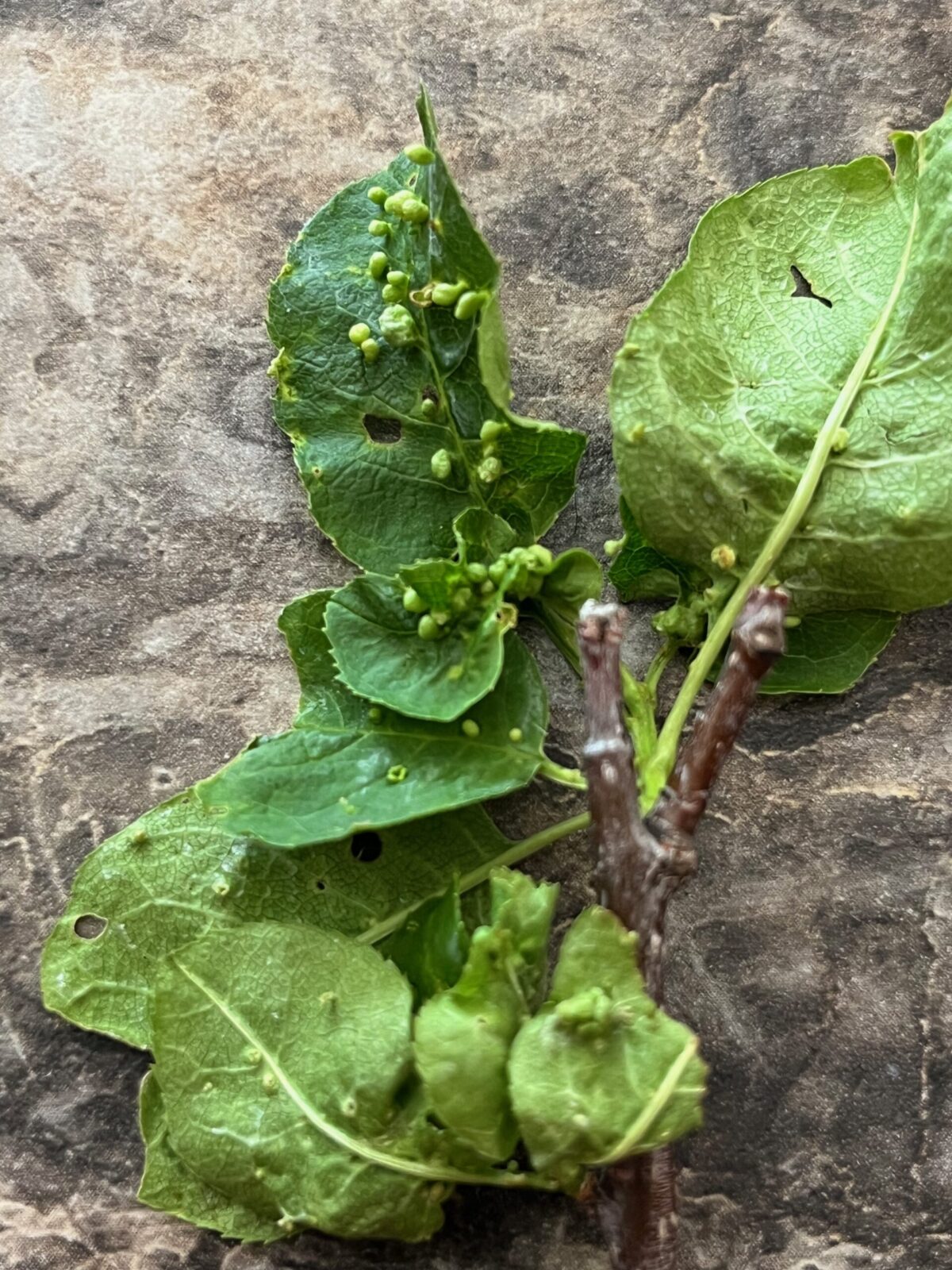Plant returning vegetables for early spring harvests
Views: 301

During our last discussion, we talked about perennials come back year after year. But there are a fair number of vegetables that produce without any help from us. Consider growing these returning vegetables to make gardening even easier.
Hardy greens are returning vegetables
One of my all-time favorite hearty vegetables is spinach. If it is growing in the fall, chances are it is going to rejuvenate in the spring. You can certainly help it along by applying a thick layer of straw mulch, but in most years I have found that is not even necessary. Plant it where you know it is so you don’t accidentally turn it under.
Another highly successful green is “Buttercrunch” lettuce. I planted it probably six years ago and make a point to allow a couple of plants to reseed each season. As long as it reseeds, we’re enjoying fresh lettuce sometime in May.
Swiss chard is favorite for early season harvests. Many springs I’ve had it bounce back after winter without any mulch or protection. The key to enjoying it early in the season is not digging it out in the fall. For those of us who love our native pollinators, it’s easy to let the garden remain throughout the winter. (This also holds true for gardeners who are just done at the end of the season.) But if you regularly clear out the garden after a hard freeze, consider keeping the Swiss chard in place. One thing I found is if we’re going to have a freeze in the low 20s once it does start growing, the chard needs protection to avoid damage.
You can’t kill kale. Love it or hate it, kale is durable. I joke that it’s the only vegetable the deer don’t eat, but it’s true. Thankfully, we do enjoy kale, so I usually put in a few plants. The nice thing is you can typically just leave it, like Swiss chard, and it will grow again in the spring.
Orach is tasty and beautiful
I can’t even remember who gave me the seeds, but orach grows in our garden every year. It pops up wherever the seeds fall, reaching a height of six-feet tall. But it’s beautiful red foliage is striking among the green of the rest of the garden. Also known as mountain spinach, it is an extremely hardy green that is best used cooked. The flavor and texture are a little strong when used fresh.
Potatoes as a returning vegetable crop
Potatoes are kind of a tricky crop if you’re looking for something to grow again in the spring. There are people who plant seed potatoes in the fall and mulch them well. They uncover them in the spring when the danger of frost has passed and everything grows fine. I’ve also had instances where I missed a potato during the previous harvest and it grew just fine. I can’t say that I recommend doing this as a surefire way to have potatoes the next year, but it’s worth an experiment.
How to Grow Potatoes in a Container
It’s nice to know there are a few plants that return to us after even the harshest winters. Take advantage of their tenacity by leaving them in place, or at least not being overly enthusiastic about your fall garden clean-up. If you do, you’ll enjoy fresh vegetables early in the season.
Meet Amy Grisak
Amy is a freelance author and photographer in Great Falls, MT who specializes in gardening, foods, and sustainable agriculture. She provides information on every kind…
Amy's Recent Posts

Grab Vinegar to Eliminate Weeds








